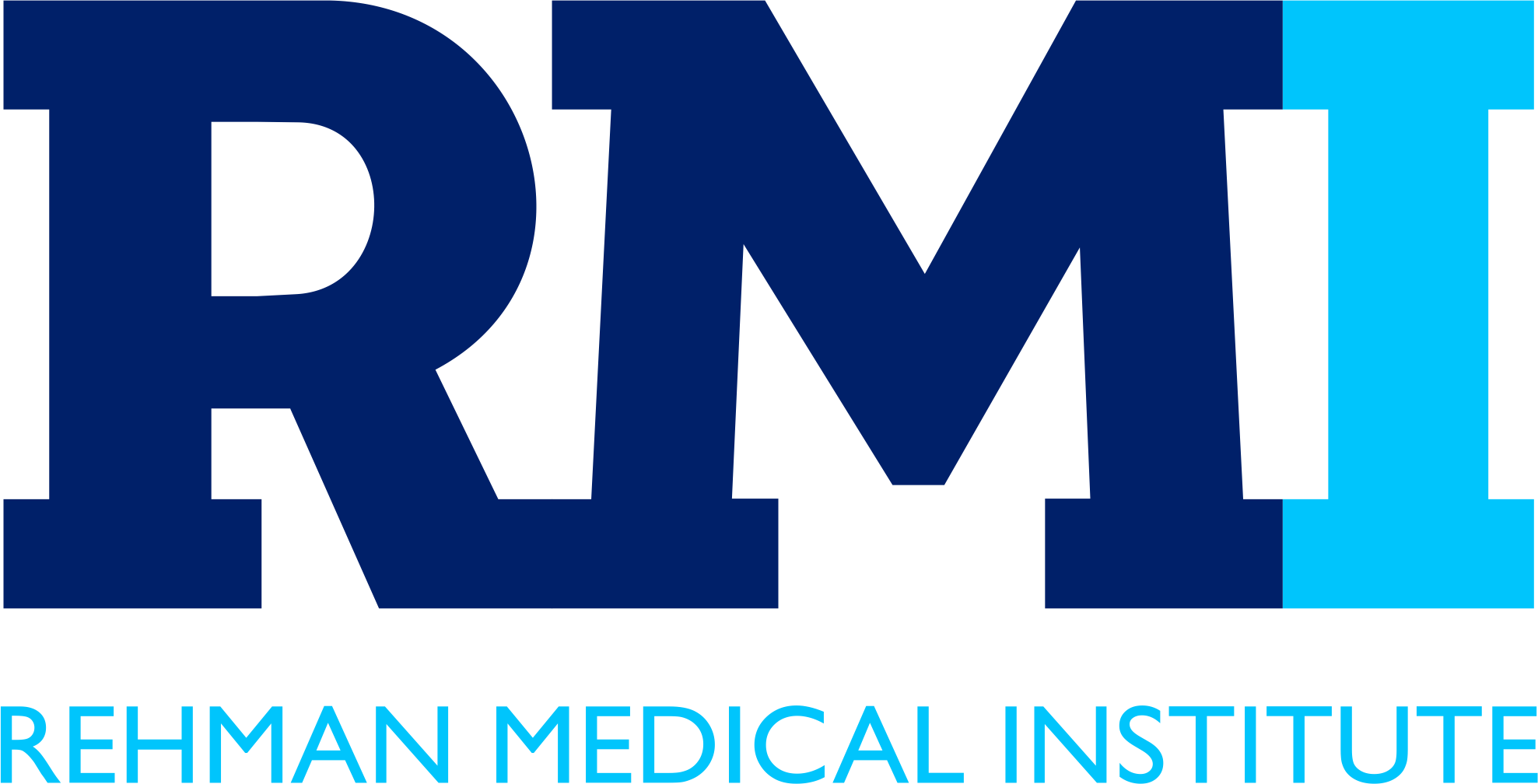Let us come together this July to raise awareness, offer support, and make a difference in the fight against sarcoma.

July is World Sarcoma Awareness Month, a dedicated time to raise awareness about this rare and often deadly group of cancers. Sarcomas can affect anyone, regardless of age or gender. Their rarity can often lead to delays in diagnosis and treatment.
This blog aims to create understanding about sarcomas, including their types, symptoms, diagnosis, and treatment options. By spreading awareness, we can better support those affected by this challenging condition.
What are the most common types?
Sarcomas can occur in both skeletal and extra-skeletal tissues, including muscles, tendons, fat, synovium, fibrous tissue, blood vessels, and the peripheral nervous system. The most common types are osteosarcoma, Ewing sarcoma, and chondrosarcoma, but there are numerous subtypes as well. The World Health Organization (WHO) classifies sarcomas based on their histological features, resulting in over 100 types. Of these, at least 70% are soft tissue sarcomas.
How are sarcomas diagnosed?
Sarcomas can often be diagnosed through imaging techniques such as X-rays, MRI, CT scans, and PET scans that detect any concerning abnormalities. This includes clinical evaluation, local and systemic imaging of tumor extent, and histological examination of the tumor. Radiographs can reveal areas of calcification, soft tissue shadowing, and bony destruction.
Magnetic Resonance Imaging (MRI) is the preferred modality for determining the size and location of soft tissue lesions, as well as their proximity to adjacent anatomical structures. Functional imaging, such as Positron Emission Tomography (PET), is also utilized to further delineate tumor characteristics. While not definitive for diagnosing sarcoma, blood tests can help assess overall health and detect any potential spread of the cancer.
However, a biopsy is ultimately needed, where a pathologist examines a small piece of the tumor under a microscope to confirm that it is a sarcoma.
The prognosis for patients with sarcomas is improved when they are managed at specialist centers with a multidisciplinary team - such as Rehman Medical Institute (RMI) - associated with better compliance with clinical practice guidelines, higher quality of diagnosis and management, and a lower recurrence rate with notably less frequent reoperations compared to non-specialist centers.
What are the treatment options for bone sarcomas?
Treatment depends on the type of sarcoma, but the most common types, such as osteosarcoma or Ewing’s sarcoma, are typically treated with a coordinated course of chemotherapy. Surgery involves excising the entire tumor and reconstructing the limb. Specialists work closely with medical oncology or pediatric hematology to coordinate the timing of chemotherapy versus surgery to ensure optimal outcomes.
An essential aspect of optimal sarcoma management is a careful biopsy technique that ensures tissue extraction without contaminating healthy tissue.
Surgical treatments of bone and soft tissue sarcomas are sophisticated and frequently require coordinated care from multiple surgical disciplines as orthopedic oncology, general surgical oncology, thoracic surgery, plastic surgery, and other anatomically indicated surgical disciplines are integral to the surgical treatment of sarcomas.
What are the symptoms of bone sarcoma?
Symptoms of bone sarcoma can include persistent bone pain that worsens over time, swelling or a noticeable lump in the affected area, and reduced movement or function of the affected limb. In some cases, the bone may fracture more easily than normal.
The symptoms of sarcoma can vary widely depending on the tumor's location, size, and type. Common symptoms include:
• A noticeable lump or swelling, often painless initially
• Pain or soreness that worsens over time or with activity
• Difficulty moving or limited range of motion in the affected limb or area
• Unexplained weight loss
• Fatigue
Are there hereditary or lifestyle factors that make someone more at risk for developing a bone sarcoma?
Most sarcomas are sporadic, and it is not known why they occur. However, there are some conditions, such as prior radiation for other causes, that can predispose individuals to sarcomas. Additionally, there are some rare genetic conditions that can predispose individuals to various cancers, including primary bone sarcoma. Most of the time, the exact cause is unknown.
Can bone sarcomas recur after being treated?
Yes, bone sarcomas can recur. They can recur locally in the area where they were initially removed or recur systemically, meaning in another part of the body.
Where in the body are bone sarcomas most found?
Primary bone sarcomas can be found in any part of the body, but the most common site is the femur. Osteosarcomas tend to be around the knee, either in the lower part of the femur bone or the upper part of the tibia bone. However, they can be found in any part of the body.
World Sarcoma Awareness Month is an opportunity to shed light on this rare group of cancers, educate the public, and support those affected by sarcoma. By understanding the types, symptoms, and treatment options for sarcoma, we can help promote early detection, improve outcomes, and ultimately, save lives. If you or someone you know is experiencing symptoms or has been diagnosed with sarcoma, seek medical advice and explore the available resources and support networks.
Let us come together this July to raise awareness, offer support, and make a difference in the fight against sarcoma.






